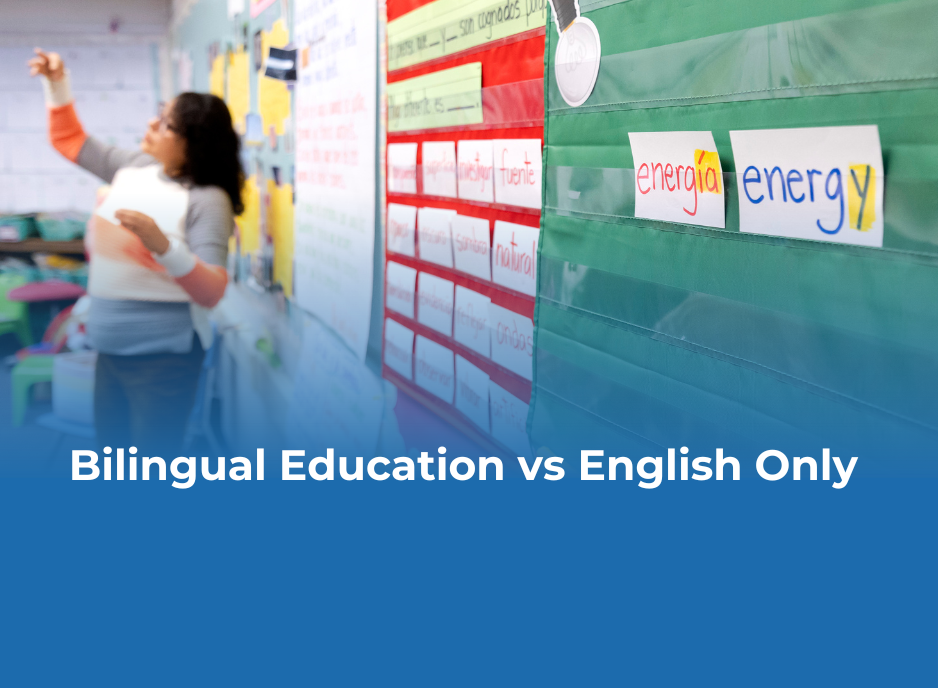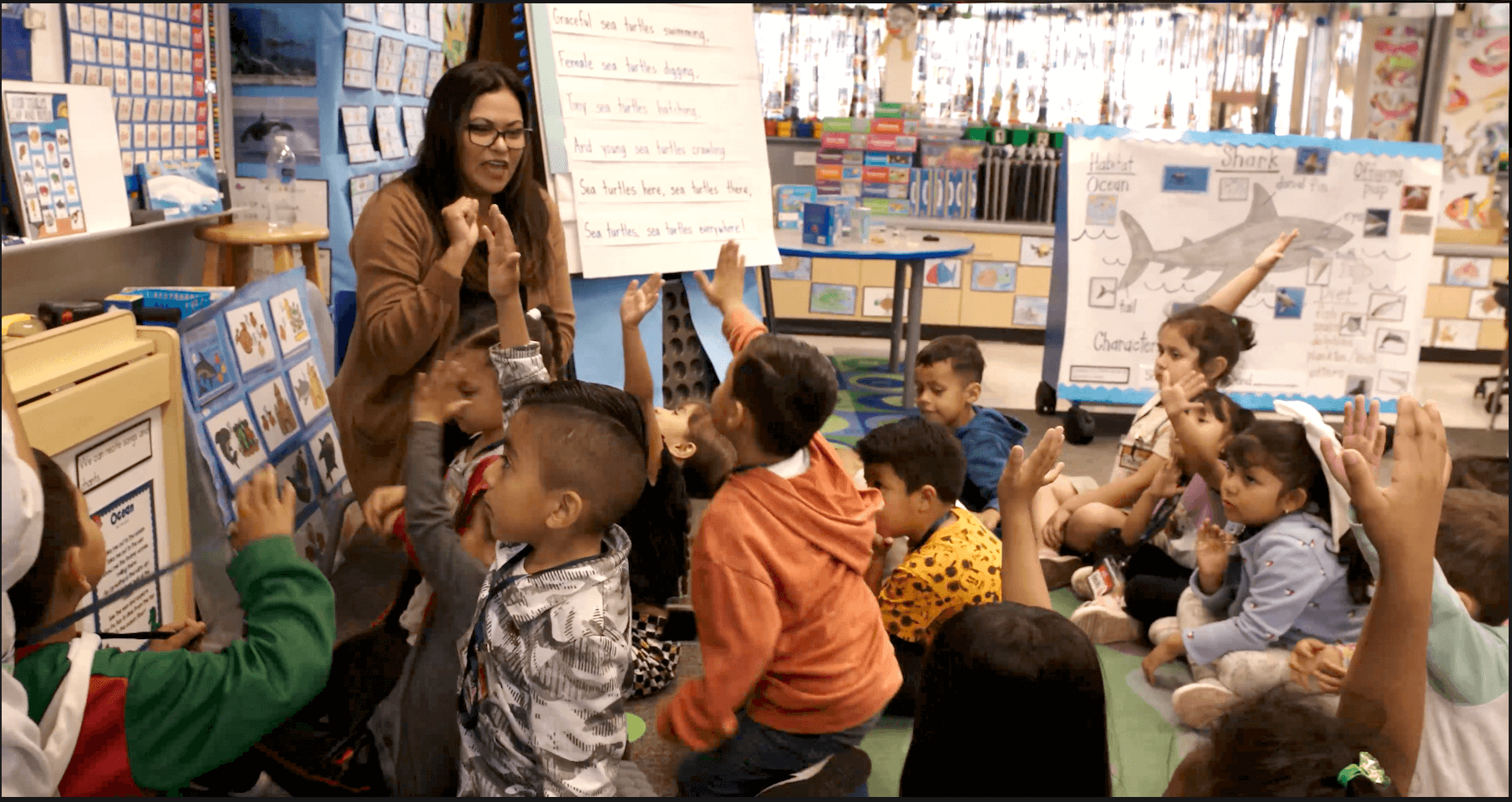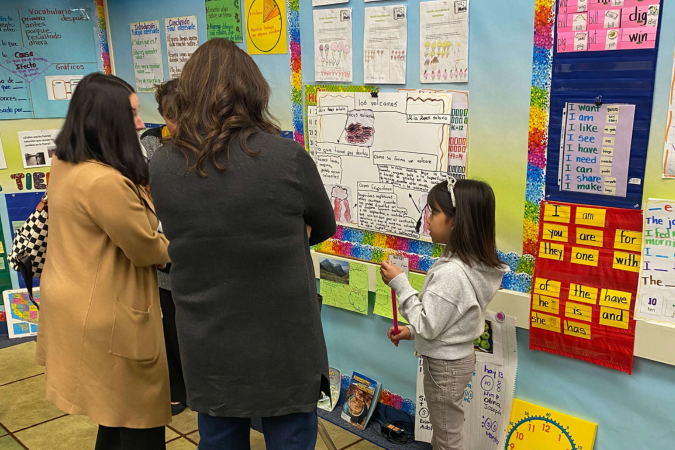
Bilingual Education Works Best for English Learners
In June 2025, SEAL and New America co-hosted a webinar with leading bilingual education scholars and practitioners to review decades of research, dispel myths, and spotlight the benefits of bilingual programs for English learners. A new Education Week article, “Bilingual Education vs. English-Only: What the Research Says,” by Ileana Najarro, captured key insights from that conversation, reaffirming what experience and evidence have long shown: bilingual education programs, especially dual-language immersion, are the most effective for English learners.
The discussion was also captured in New America’s blog, “Ushering Bilingual Education for English Learners Through Uncertain Times,” which reflects on the civil rights roots of bilingual education, current access challenges, and strategies for protecting equity in program expansion.
The Education Week piece highlights a growing concern: despite clear evidence, access to dual-immersion programs remains limited nationwide. Political decisions and inequities continue to block English learners from the very programs designed for their success.
Key Findings from the Research
The article draws on insights shared during the June 2025 webinar, where experts reviewed the evidence supporting bilingual education. Highlights include:
- Bilingual programs consistently lead to better academic outcomes in reading, math, science, and social studies.
- English learners in bilingual programs are more likely to graduate with a regular diploma, promoting higher education attainment.
- These students eventually reclassify at higher rates, even if the process takes longer on average.
- Bilingual education strengthens home language development, builds student confidence, and improves family engagement.
This body of research, built over decades, has used methods that allow for causal inference. In other words, bilingual education programs, such as teacher training, do not just correlate with student success; they cause it.
Yet Most English Learners Are Still in English-Only Classrooms
Despite the overwhelming research, most English learners remain in English-only programs. As Queens College professor Kate Menken put it during the webinar, “Language policy decisions are at times more political than they are pedagogical.”
Educators also noted that bilingual programs are sometimes prioritized for more privileged families, undermining their purpose as equity tools. Access must be protected for students with disabilities, newcomer immigrants, and all multilingual learners.
To build high-quality programs, states must strengthen teacher preparation and credentialing for bilingual instruction. Too many states still lack baseline requirements for teachers serving English learners.
SEAL’s Commitment to Equity and Evidence-Based Practice
This research reinforces what SEAL and our partners have long advocated for: multilingual learners deserve programs grounded in evidence and built on a foundation of equity.
Through our PreK–6 approach, we work alongside schools to bring this vision to life, integrating primary language, academic rigor, and joyful learning. From classrooms to policy, SEAL remains committed to expanding access to the kinds of programs this research continues to affirm.
We invite our partners, educators, and policymakers to continue championing systems that reflect the research and affirm the brilliance of our multilingual students.
Read the full Education Week article here and New America’s recap here.
Read More News from SEAL

Learn about changes in policy, up-to-date research, and unique practices to support Dual Language and Multilingual Learners. And don’t forget to sign up for our newsletter here.
%201.svg)


